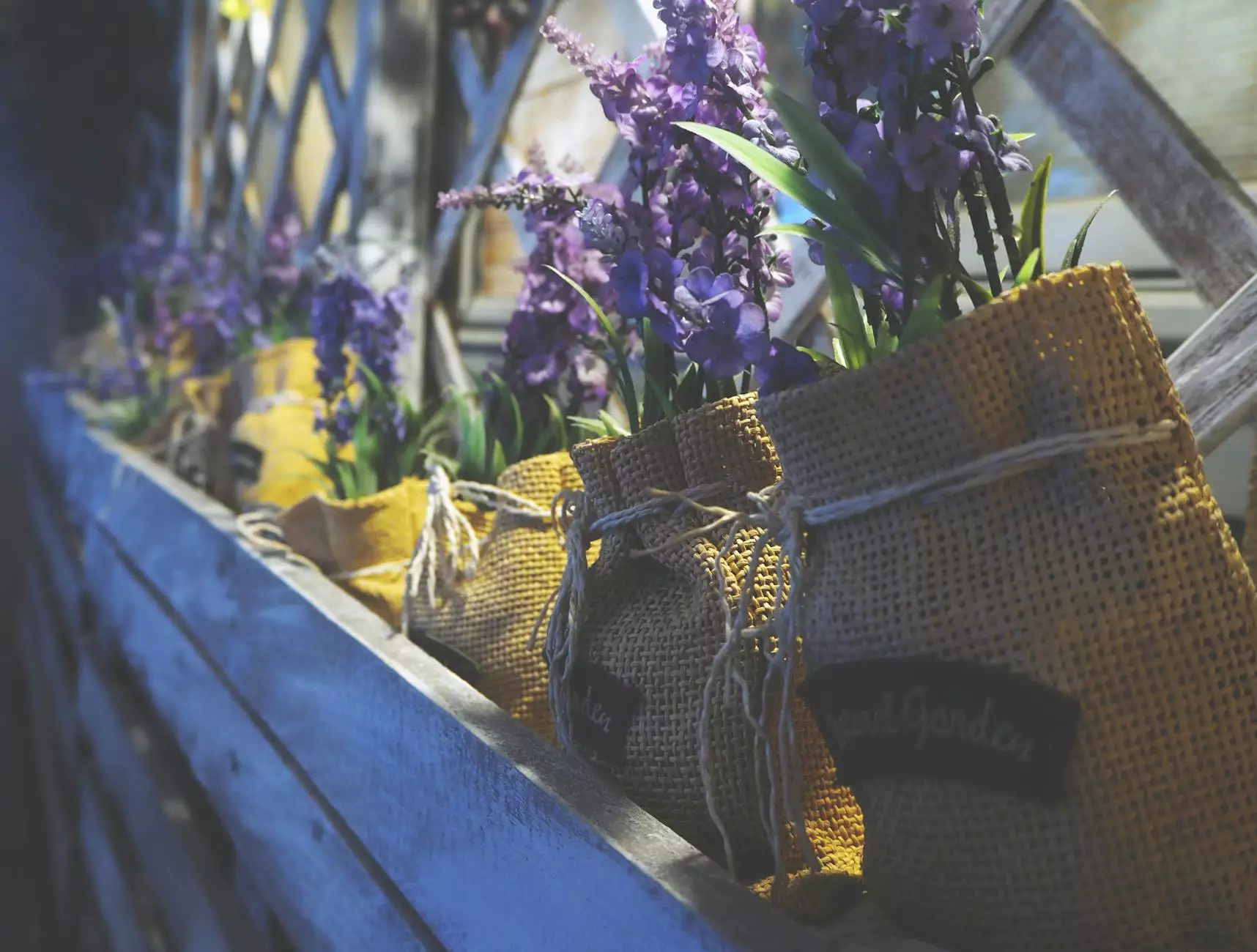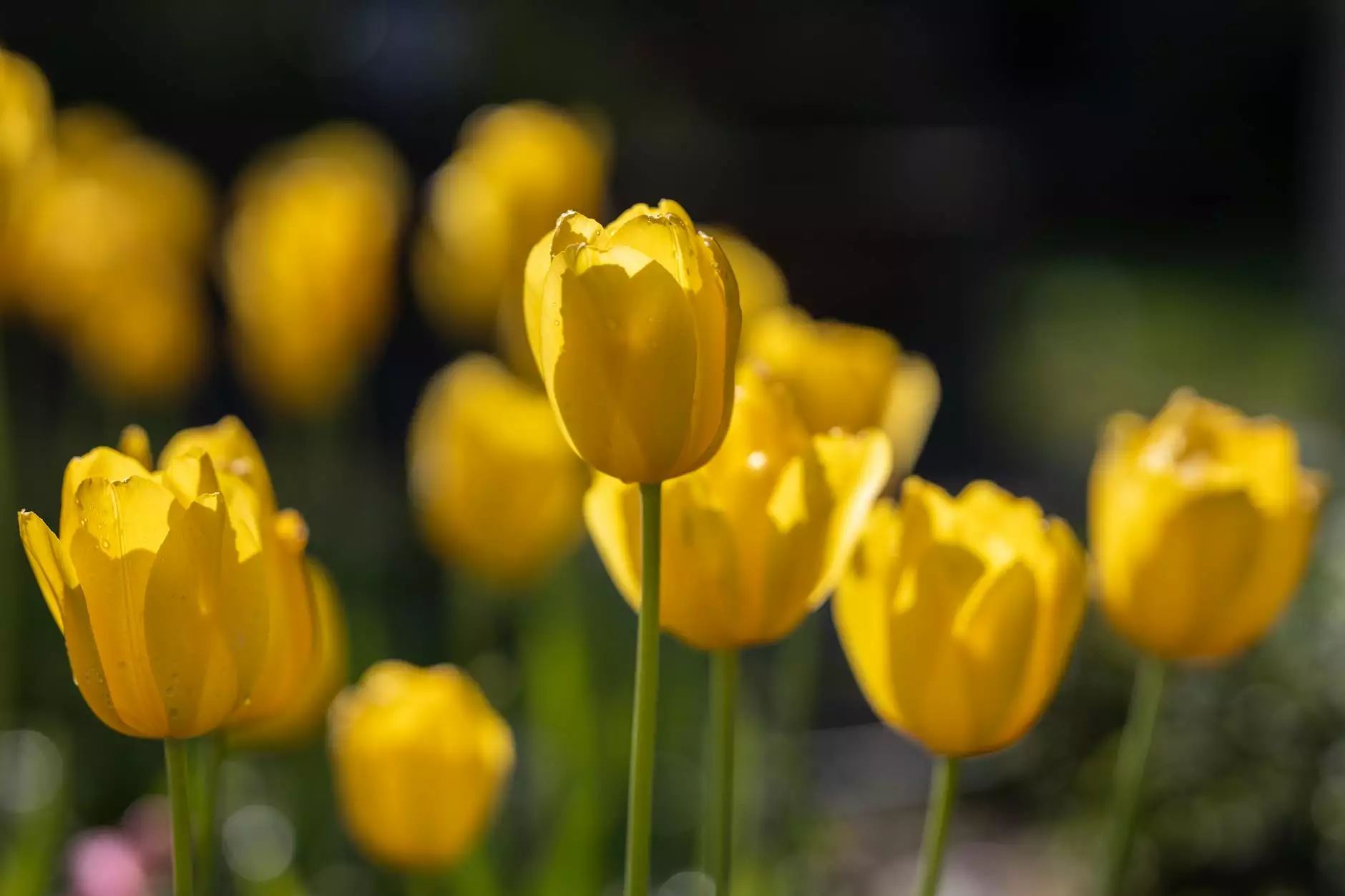Houseplant Propagation: A How-To Guide

Introduction
Welcome to La Venezia Art & Fashion's comprehensive guide on houseplant propagation! If you're looking to expand your indoor plant collection or share the joy of gardening with your friends and family, propagation is an excellent technique to consider.
Why Propagate Houseplants?
Propagating houseplants offers numerous benefits. Firstly, it allows you to multiply your plant collection at little to no cost. Instead of purchasing new plants, you can create new ones from the existing ones you love. Secondly, propagation gives you the opportunity to witness the growth process firsthand, from a tiny cutting to a mature, thriving plant. It's a rewarding experience that connects you to nature and helps you appreciate the miracles of life.
Methods of Houseplant Propagation
1. Stem Cutting Propagation
Stem cutting propagation is one of the most common methods used to propagate houseplants. This technique involves taking a cutting from the parent plant and creating a new individual plant from it. The key is to choose a healthy stem section, typically with a few leaves, and place it in a rooting medium to encourage root development. With proper care and attention, the cutting will eventually grow roots and form a new plant.
2. Leaf Cutting Propagation
Leaf cutting propagation is another popular method, especially for plants with beautiful foliage. It entails taking a leaf from the parent plant and providing it with the right conditions to develop into a new plant. Some plants, like succulents, can even produce multiple new plants from a single leaf! Patience is important as leaf cuttings generally take longer to establish roots compared to stem cuttings.
3. Division Propagation
Division propagation involves separating the root system of a mature plant into smaller sections. This method is commonly used for plants that naturally produce offsets or have clusters of growth. During division, each section should have enough roots and foliage to sustain itself. Dividing the plant ensures that each section receives ample nutrients, allowing them to thrive independently.
4. Air Layering Propagation
Air layering propagation is a technique used for woody or semi-woody plants with a sturdy stem. It involves creating a small wound on the stem, which is then stimulated to produce roots while still attached to the parent plant. Once roots have developed, the stem can be cut and potted as a new individual plant.
Choosing the Right Method
The choice of propagation method depends on the type of plant, its growth habits, and your personal preference. Some plants may respond better to a particular method than others. As a general rule, it's helpful to research the specific requirements of each houseplant species before deciding on the best propagation method.
Caring for New Plants
Once your new plants have successfully rooted, it's crucial to provide them with optimal care to ensure their healthy development. Proper watering, suitable lighting conditions, and the right balance of nutrients are essential. Monitoring for pests and diseases is also crucial, as young plants are often more susceptible to such issues. Regularly check on your new plants, adjust their care routine as needed, and enjoy watching them flourish!
Conclusion
Houseplant propagation is a wonderful way to expand your indoor garden and foster a deep connection with nature. Whether you choose stem cuttings, leaf cuttings, division, or air layering, each method offers unique advantages and rewards. La Venezia Art & Fashion hopes that this comprehensive guide has provided you with the knowledge and confidence to embark on your propagation journey. Happy propagating!









